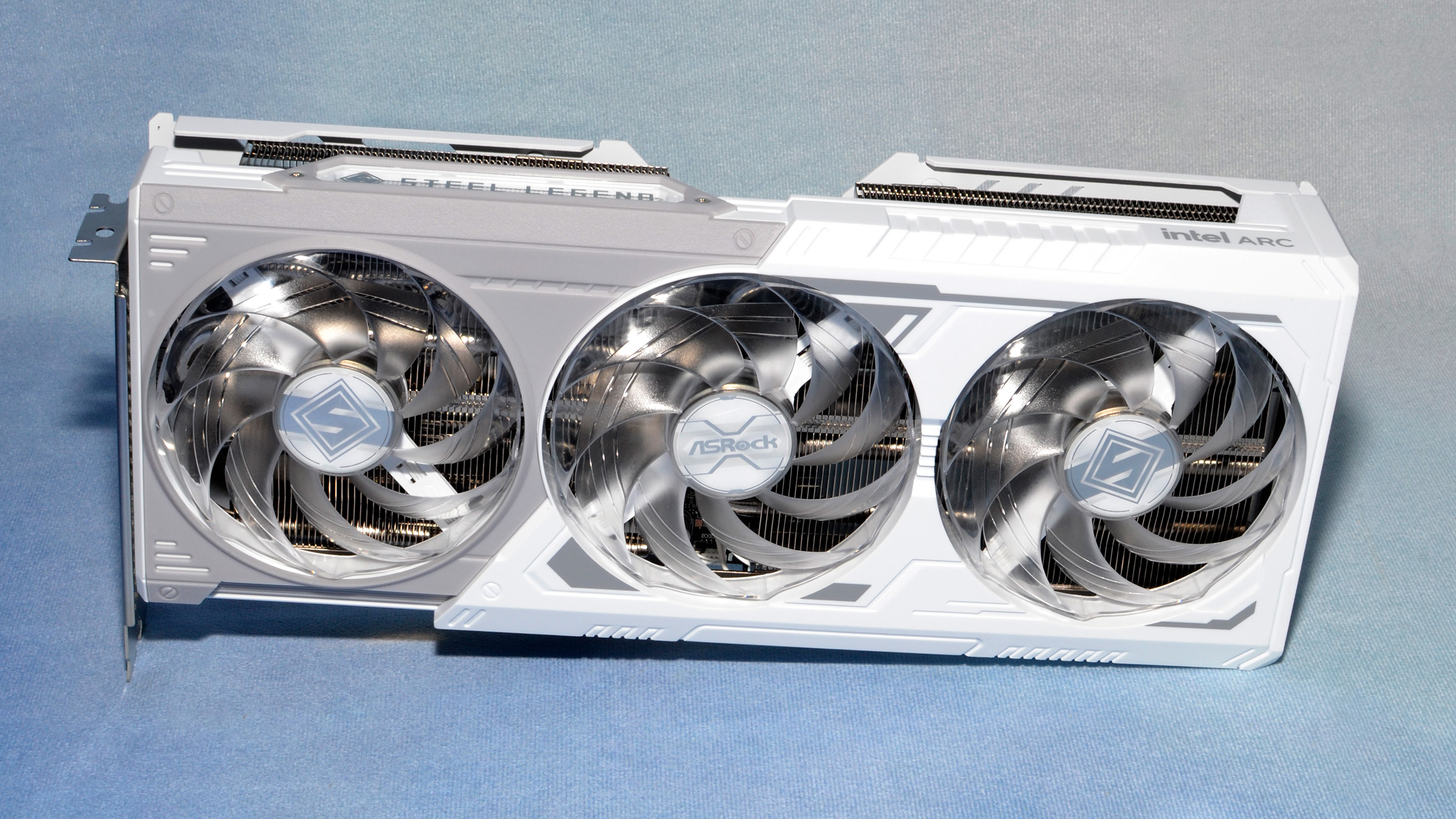Here, I’ll be looking at a Cyberpunk 2077 frame rendered on Intel’s Arc B580, with path tracing enabled. As always, I’m focusing on how the architecture handles the workload, rather than absolute performance.
Raytracing workloads are diverse, and engineers have to allocate their transistor budget between fixed function BVH traversal hardware and regular vector execution units. It reminds me of DirectX 9 GPUs striking a balance between vertex and pixel shader core counts. More vertex shaders help with complex geometry. More pixel shaders help with higher resolutions. Similarly, BVH traversal hardware deals with geometry. Hit/miss shaders affect on-screen pixel colors, though they operate on a sample basis rather than directly calculating colors for specified pixel coordinates
Intel Arc B580 GPU, significantly improves ray tracing over its predecessor with upgraded RT Accelerators, increased BVH traversal pipelines (from 2 to 3), and doubled BVH cache (8 KB to 16 KB). These enhancements reduce memory latency and boost performance in complex workloads like Cyberpunk 2077's path tracing. With a stronger shader array, the B580 handles RT calculations more efficiently.


Raytracing on Intel’s Arc B580
Edit: The article originally said Intel’s BVH nodes were 4-wide, based on a misreading of QuadLeaf.
Last edited:

